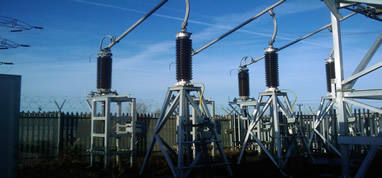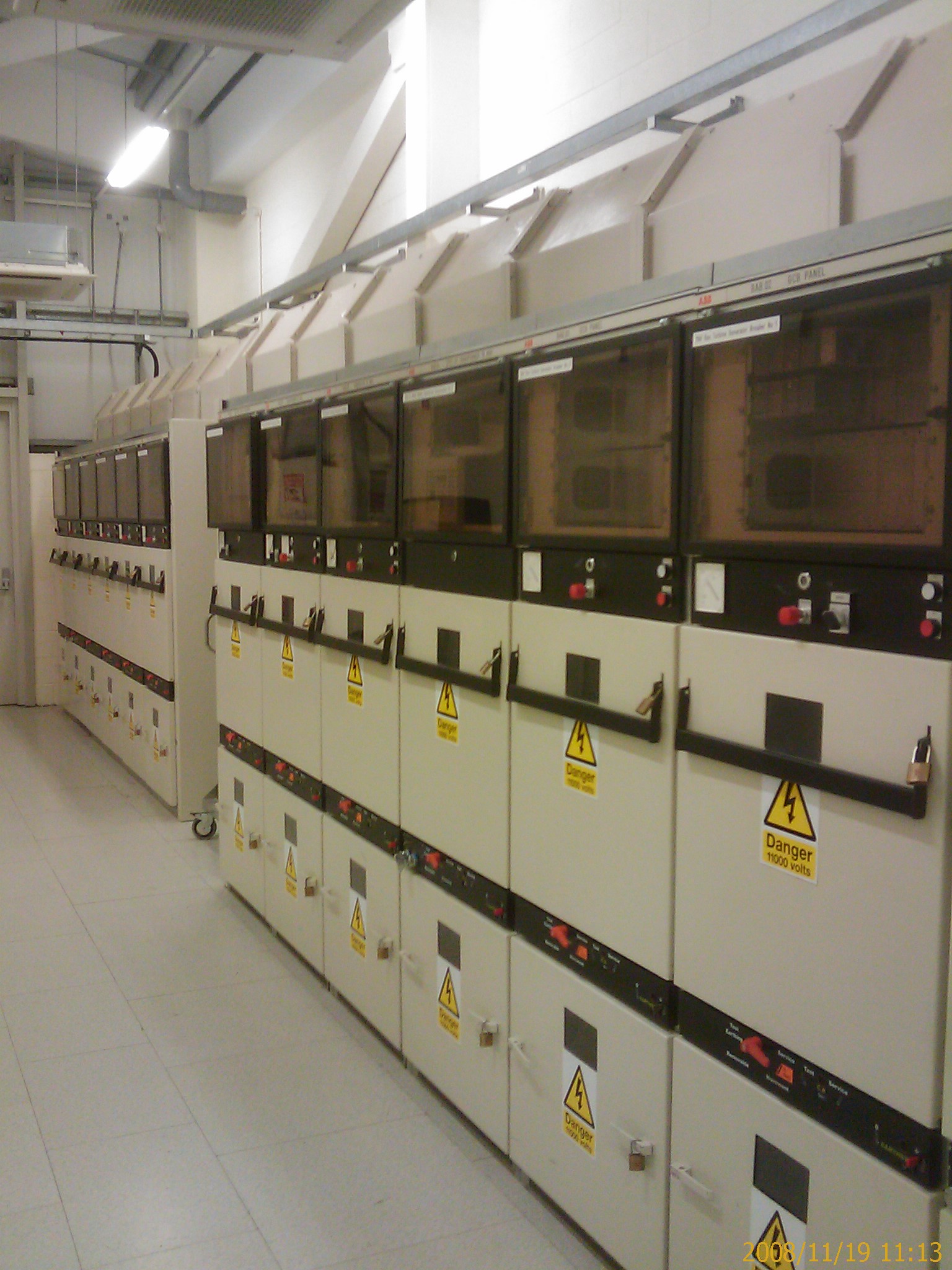
ELECTRICAL ENGINEERING
| Home |
| Services |
| Contact us |
| Modelling and Analysis - Arc Flash Hazard (to IEEE Std. 1584) | |
|
The following text outlines some of the background of Arc Flash hazard analysis and explains the process in more detail. If you would prefer to talk through this with someone, feel free to get in touch using the details on the contact us page. Shaw Power would be happy to help in whatever way suits your approach - we can complete the entire assessment or provide advisory services to help you complete your own assessments. The words 'arc flash' are rapidly becoming one of the most commonly heard phrases in the electrical community at the moment as the industry works to identify the actions required to comply with this relatively 'new' requirement. Several groups in industry and engineering have emerged as leaders in the field and it is probably not unreasonable to say that there is a shortage of clear information available to aid end-users in identifying the specific requirements for each installation. As more and more operators of equipment proceed through the process the requirements are becoming clearer and the outcomes, both in terms of operator PPE and other controls are becoming clearer.
The following explanation will hopefully provide a little background and assist the reader in determining what next steps are required. Got any questions? Email them to stuart.shaw@shawpower.com. So what is being referred to by 'arc flash', 'arc flash assessment', 'arc flash study' or 'arc flash hazard analysis' and why do we see so many pictures of people wearing 'space suits' working on equipment that they've been working on for years without any additional protection? It's true that there's been a change in approach. The shift started in America where a standard emerged from an effort to reduce the number of electrical flashover related incidents. Organisations such as the American National Fire Protection Association (NFPA) and the Institute of Electrical and Electronic Engineers (IEEE) have both contributed and produced a generally accepted approach for identifying the level of hazard from the arc generated by a three phase fault. IEEE Std.1584 (aka IEEE 1584) and NFPA70E are the relevant standards, but what is important to note is that these standards merely provide an approach that can be used to determine the estimated energy released by an arc on a piece of electrical switchgear - this is an 'arc flash assessment' (more accurately the 'incident energy' calculation). The activity in the US has not gone unnoticed and the issue has been highlighted to various bodies in the UK. In line with the risk-assessment based approach for work management, it has been suggested that arc flash assessments should form part of the data input into the risk assessment for the switchgear and its operation. It appears that there will be no UK specific standards or legislative amendments to incorporate the requirement, relying instead on the requirement for a 'suitable and sufficient' risk assessment. It is unlikely that a risk assessment would be considered 'suitable and sufficient' if somone suffered arc injuries and an arc flash assessment (or at very least some assessment of the likely fault level and associated overcurrent protection at the point of work) did not support the risk assessment. The basis for an arc flash assessment is the system data for fault levels and protection settings for the supply to the fault. Once these values are available the current that will flow with an arcing fault on the system can be determined and hence the operating time of the respective protection device calculated. These two values, current and time, allow the nominal incident energy to be calculated. Once nominal incident energy is determined, the likely distance of the personnel to the equipment is assessed and factored into a calculation to enable the received incident energy and hence the required category of PPE to be identfied. |
|
| Technical Links | ||
Want to know more about Arc Flash Assessments?
| ||
Send mail to stuart.shaw@shawpower.com with any questions regarding this website
Shaw Power Ltd. is registered as a Company in England and Wales. Company number: 11502322
Director: Stuart Shaw
Copyright © 2018 Shaw Power Ltd
Last Modified 8th October 2018

